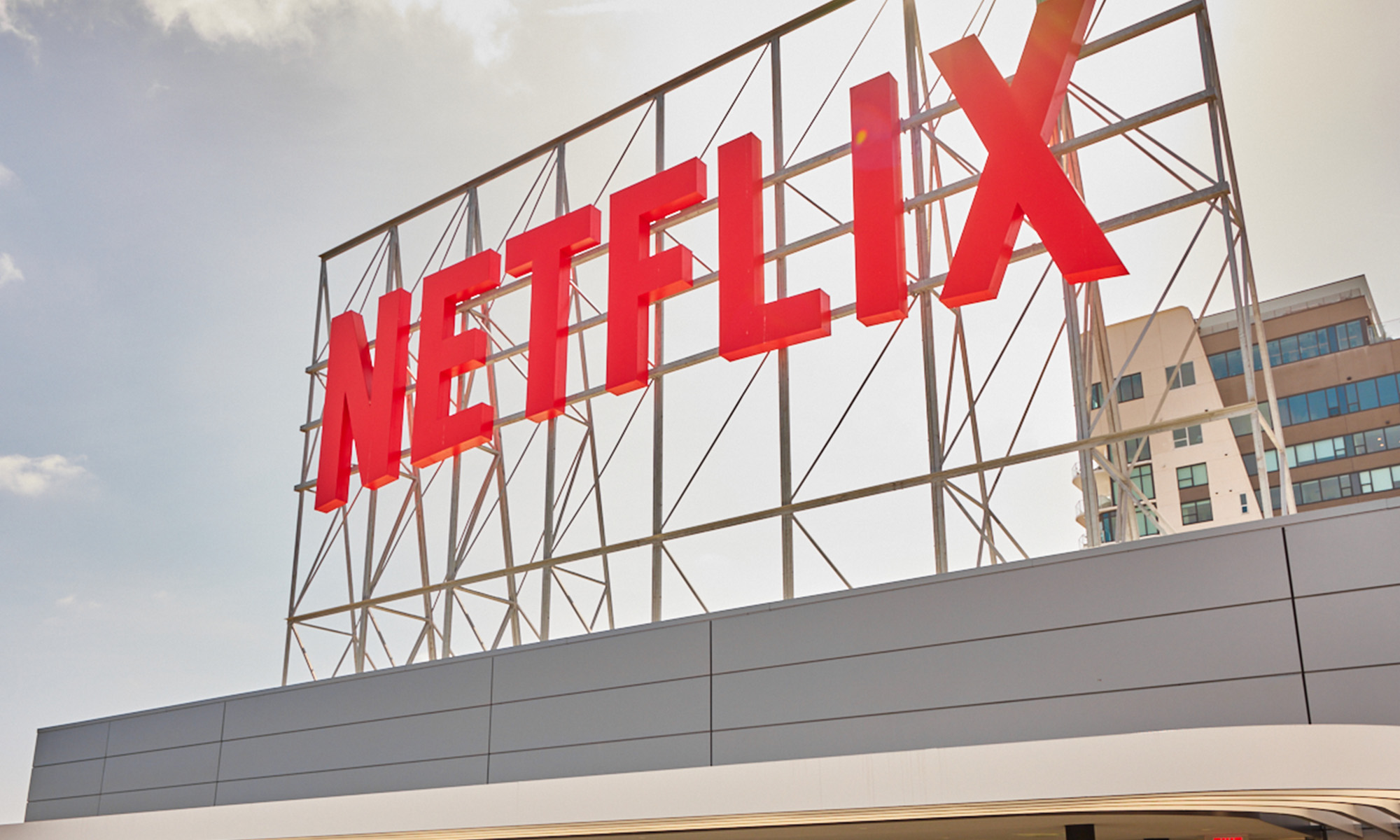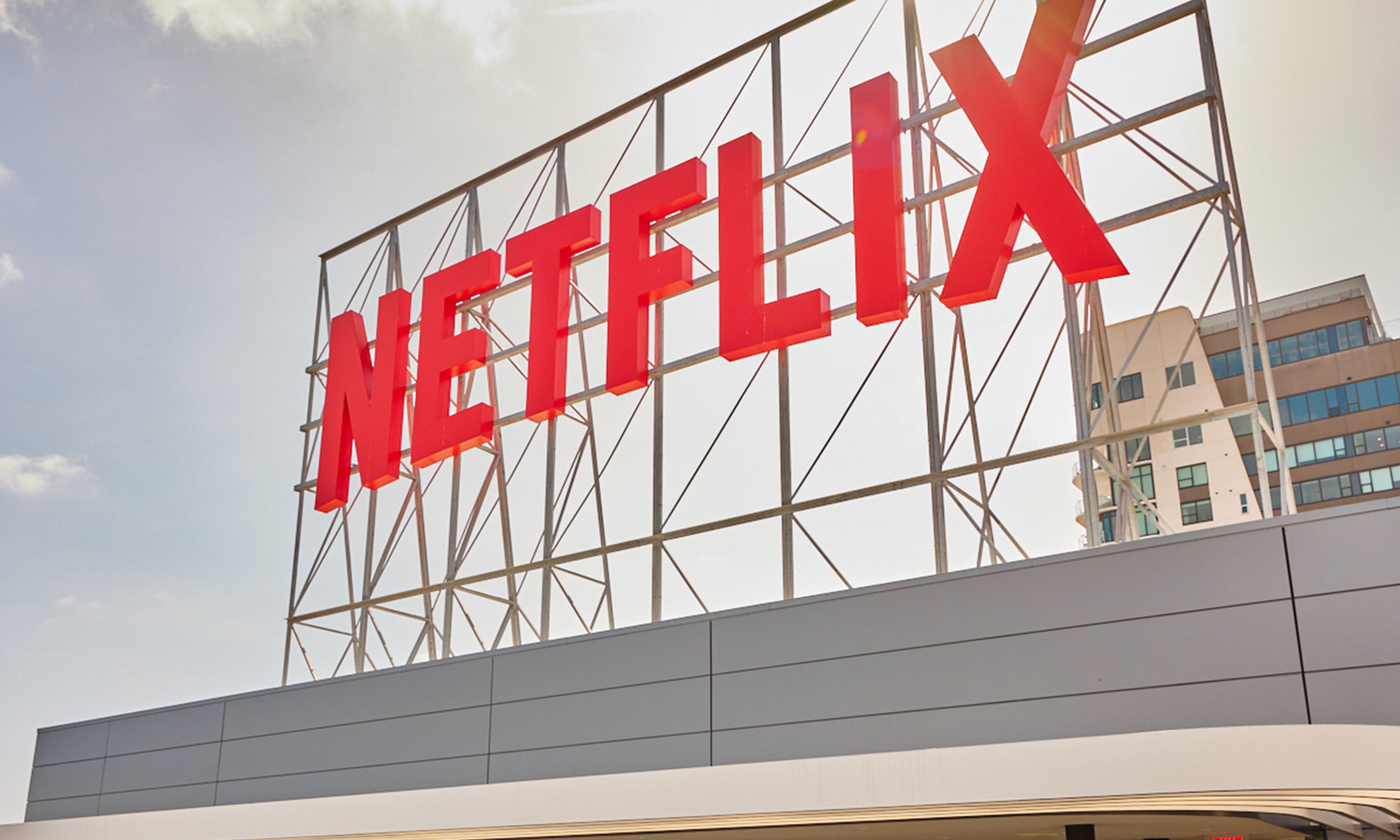Streaming-TV company Netflix (NFLX +0.41%) impressed yet again on Monday afternoon, reporting accelerating revenue growth, better-than-expected subscriber additions, and a wider operating margin. The notable quarter sent shares surging, with Netflix stock up nearly about 10% on Tuesday at the time of this writing.
But there's more to Netflix's first quarter than the impressive numbers included in the company's earnings release. During the Netflix earnings call, management gave investors insight into its product pipeline, why it wants to avoid doing news, and more. Here are some of the most important takeaways from the earnings call.

Image source: Netflix.
1. Netflix is leveraging content with better technology
When asked about products in Netflix's pipeline that investors should be excited about, one area that chief product officer Greg Peters mentioned was the technology the company is building to support its content -- "the programming choices that we make, how we can produce content efficiently," he explained.
Given how significantly Netflix has scaled its content library, and in light of the company's expected $7.5 billion to $8 billion of spending on content in 2018 on a profit-and-loss basis, investments in this area are easily justified. "Obviously, as that amount grows and grows and grows, that's a super high leverage point for us to bring, and relatively, I think, a greenfield opportunity for us to bring technology to influence the outcomes even more," Peters said.
Two other important product-pipeline areas Netflix executives brought up were innovation in the way content is delivered to subscribers, and the technical side of Netflix's ongoing investment in production studios.
2. Netflix wants to avoid newscasting
Asked about what Netflix thinks of "news-like programming," chief content officer Ted Sarandos quickly refuted rumors the company planned to get into any form of newscasting. He explained: "As you know, we've been pretty successful with documentary, feature-length documentaries, both with critics and with audiences. But our move into news has been misreported over and over again, and we're not looking to expand into news, beyond the work that we're doing in short-form and long-form feature documentary."
Sarandos further clarified that Netflix does venture into topical interviews, such as its talk show with David Letterman: "Those are a form of entertainment," Sarandos said. "David Letterman is a great talk-show host, not a newscaster. So, we'll definitely do more of that."
3. Netflix has plenty of room for growth
When asked about Netflix's biggest challenge, Netflix CEO Reed Hastings brought up the company's massive addressable market to grow into:
We're a fraction of the hours of viewing of YouTube. We're a fraction of the hours of viewing of linear TV. We've got some great momentum and we're very excited about that, but we have a long way to go in terms of earning all of the viewing that we want to.

Image source: Netflix.
For further context, Netflix subscribers average about 140 million cumulative hours of streamed TV shows and movies per day. Alphabet's (GOOG +1.55%) (GOOGL +1.55%) YouTube audience sees about a billion hours of content streamed every day. Last year, Hastings similarly pointed to YouTube's more than one billion monthly active users to highlight how big the market is for streaming video. Comparatively, Netflix has about 131 million members, of whom 125 million are paying members.
Overall, Netflix's first-quarter earnings call reinforced the company's strong momentum, and highlighted management's ambitious plans to keep capitalizing on the opportunities in front of it.








